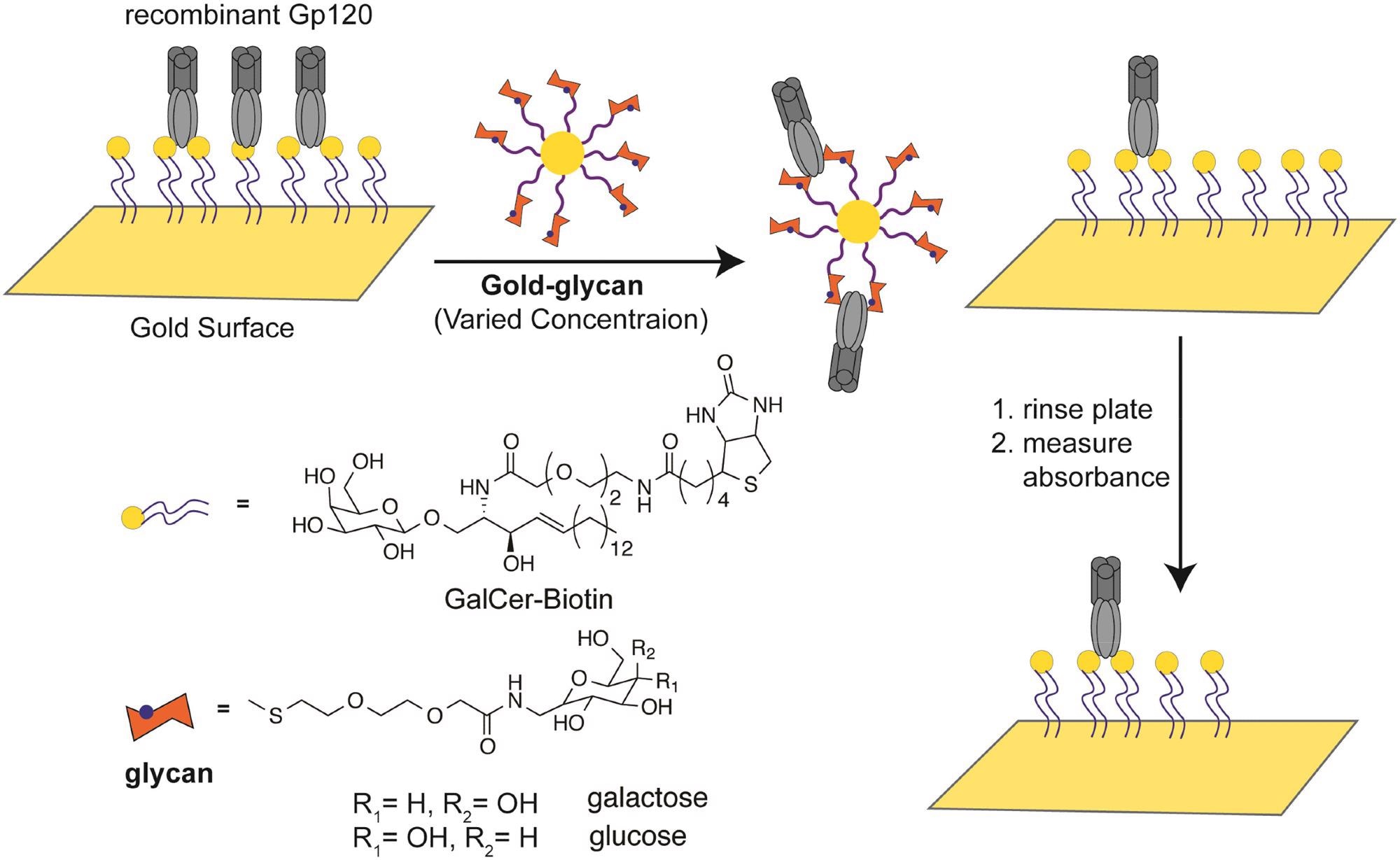Glycans, can be described as polysaccharides, that are carbohydrate-based polymers, made by all living organisms. These are essential biomolecules that can be located on nearly all cell membrane proteins as well as some lipids in the extracellular matrix (ECM).
The polysaccharides are able to mediate intra- and inter-cellular communication as well as cell-microbe interactions via a triad of ligand recognition, binding and cell signaling.
Interestingly, if dysregulation of glycan abundance on the cell surface occurs, with potential modifications to the structure and conformation of glycans and glycan-binding proteins, as well as expression of particular antigens on the cell surface, this can cause disruption of the triad of ligand recognition.
This is significant as the disruption of the triad of ligand recognition can result in pathologies ranging from neurodegenerative diseases, microbial infections to even driving forth cancer formation.
Glyco-Nanotechnology Within Biomedicine
The use of glyco-nanotechnology can aid the development of glyco-science in various ways. Three key areas can include, gaining further understanding of human health and disease, increasing the search for alternative sources of energy, and the development of new materials.
These areas are important drivers for research and can aid in addressing challenges in health and sustainability.
Glyco-nanotechnology can include the use of many glycan-related nanomaterials, including glyco-nanoparticles (GNPs), which can be used to target abnormal ECM within diseased tissue; these unique particles have the ability to report the changes found in target tissue through detecting changes in optical, magnetic and electric effects.
Previous research has demonstrated the potential of this innovative strategy through the use of sialyl LewisX-iron oxide for the detection of brain injury associated lectins using an MRI; additionally, the incorporation of a gold-hyaluronic acid-dye has also been used for sensing metastatic cancer and quantum dot-hyaluronic acid has been used to identify liver cirrhosis induced CD44 receptor expression via fluorescence imaging.
Advancements in biomedicine with the use of glyco-nanotechnology could potentially be used to enhance clinical diagnostics in patients for the development of personalized medicine. This type of research could provide further insight into biological systems and lead to novel therapeutic targets for innovative drug development.
Additionally, glyco-nanotechnology can also aid in possibly correcting abnormalities for advanced biomedical therapeutics. The use of GNPs can also involve being engineered to correct aberrant cell signaling within diseased cells, an innovative approach to advanced therapeutics.
This effective approach depends on nanoparticles that are able to display multiple glycan ligands to proteins and thus, are able to initiate molecular interactions and signal transduction.
Previous research using this strategy has involved gold-cluster lactose nanomedicine, which would aim to compete with glycosphingolipids on endothelial cells – this would cause these subtypes of glycolipids to detach from cancer and results in a decrease in cancer progression.
Other biomedical avenues glyco-nanotechnology can advance also includes glyco-vaccines, with GNPs producing an immune response against tumor-associated carbohydrate antigens (TACAs). Additionally, they also have the potential to be used as an anti-HIV treatment due to gold-mannose being able to mimic the HIV virus and disrupt the gp120/dendritic cell receptor interface.
Future Outlook
The potential of glyco-nanotechnology for biomedicine is limitless and could be revolutionary for advancing the field, with innovative developments that are able to address challenges in both diagnostics and therapeutics.
The use of glyco-nanotechnology components, such as glyco-nanoparticles, is versatile for many different types of applications, from diseases to cancer.
With the increase of personalized and precision medicine in healthcare systems, research involving these strategies could advance patient care. Additionally, with diseases with no cures and treatments available, this innovative approach would be a welcomed research point for many diseases, including neurodegenerative diseases, such as dementia, as well as HIV.

Biotin NeutrAvidin Adhesion Assay (BNAA). NetrAvidin coated plate was incubated with biotin-galactosylceramide (bGalCer). This follows incubation with horseradish peroxidase-recombinant gp120 (HRP-rgp120). Serially diluted galactose- and glucose-glyconanoparticles (GNPs) displaced HRP-rgp120. Finally, the plate was rinsed off. The efficacy of replacement and binding strength between GNPs and HRP-gp120 were determined via the chemiluminescence via HRP-gp120. © Kalita, M., Payne, M. and Bossmann, S., (2022)
This type of research, with precise targeting abilities, through the incorporation of nanotechnology, would be able to further biomedicine and provide advanced treatments via novel therapeutic targets and strategies to correct abnormalities within cell signaling.
With further research, the branch of glyco-nanotechnology may find a permanent role within medicine.
Reference
Kalita, M., Payne, M. and Bossmann, S., (2022) Glyco-Nanotechnology: A Biomedical Perspective. Nanomedicine: Nanotechnology, Biology and Medicine, p.102542. Available at: https://www.sciencedirect.com/science/article/pii/S1549963422000284
Further Reading
National Research Council (US) Committee on Assessing the Importance and Impact of Glycomics and Glycosciences. Transforming Glycoscience: A Roadmap for the Future. Washington (DC): National Academies Press (US); 2012. 3, Glycoscience in Health, Energy, and Materials. Available from: https://www.ncbi.nlm.nih.gov/books/NBK115026/
Yang, D., Zhou, Z. and Zhang, L., (2019) An overview of fungal glycan-based therapeutics. Progress in Molecular Biology and Translational Science, pp.135-163. Available at: https://doi.org/10.1016/bs.pmbts.2019.02.001
Disclaimer: The views expressed here are those of the author expressed in their private capacity and do not necessarily represent the views of AZoM.com Limited T/A AZoNetwork the owner and operator of this website. This disclaimer forms part of the Terms and conditions of use of this website.